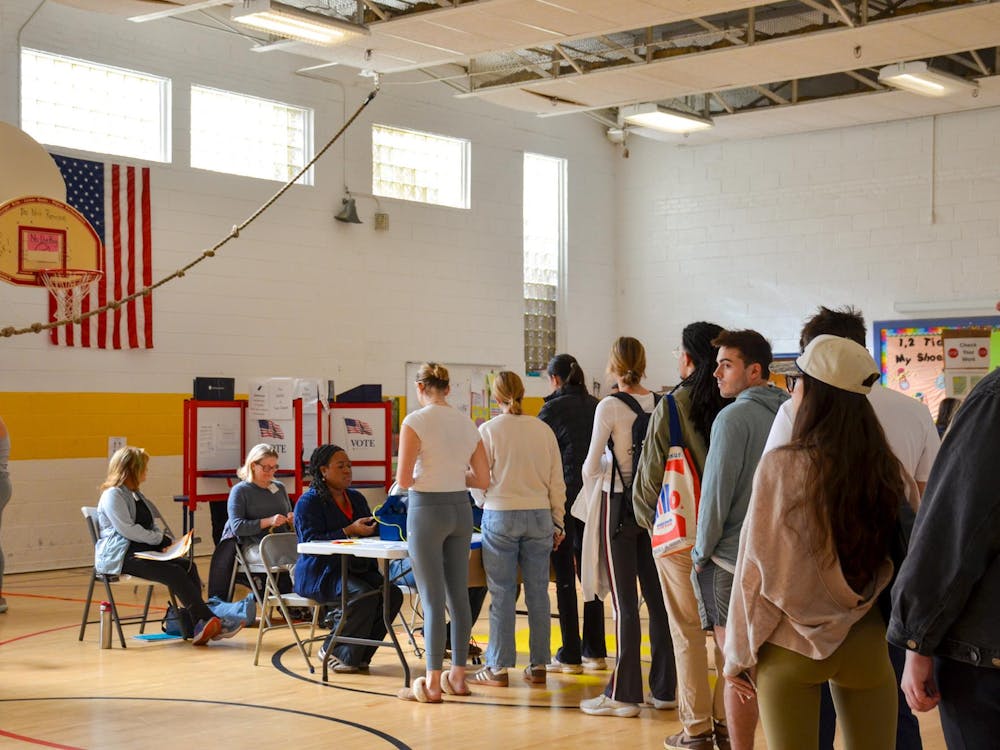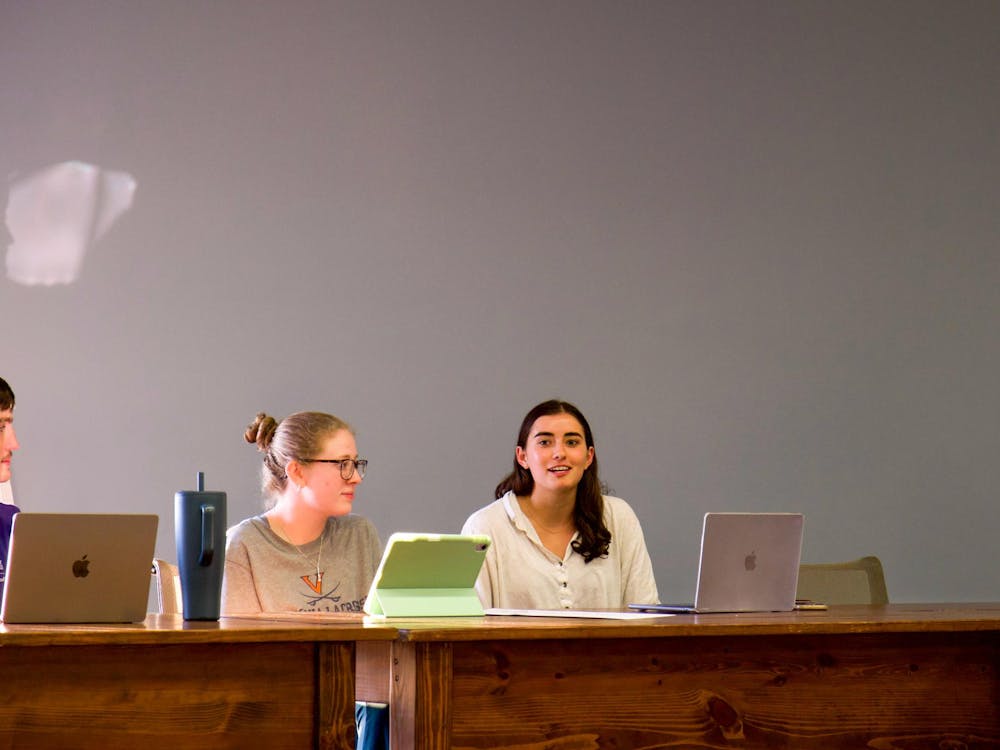As spring flowers blossom across Grounds, a recent University study examined the impact of air pollution on the scent trail of flowers, an effect that could negatively impact bee populations -- and eventually the food supply.
"We wanted to figure out if pollution can destroy floral scent trails," Graduate Arts & Sciences student Quinn McFrederick said about his 2007 study, published earlier this year with fellow Graduate Arts & Sciences student James Chacko Kathilankal and Environmental Science Prof. Jose D. Fuentes.
"We created a hypothetical patch of flowers and let their scent travel across a landscape with pollutants similar to those prior to the Industrial Revolution," McFrederick explained, noting the researchers contrasted this condition with modern air pollution levels in low, medium and high concentrations. The study followed the flowers' scent trail one kilometer away from the original site.
The researchers, Fuentes explained, created a numerical model based on how fast air masses travel and how quickly the fragrances react with pollutants.
"Once we know how fast they react," Fuentes said, "we can calculate the rate of destruction based on pollution [levels]."
McFrederick said under the pre-Industrial Revolution conditions, only about 20 percent of the scent trail was destroyed after one kilometer; however, at the same distance, almost the entire scent trail was destroyed under the modern, heavily polluted conditions.
McFrederick said he blames compounds such as ozone, hydroxyl radicals and nitrogen oxides, which come from fossil fuel combustion, for the difference.
"This provides one more reason why we should think about stricter air quality standards," McFrederick said.
Fuentes and McFrederick agreed that protecting air quality should be a priority.
"We are suggesting that pollution is potentially another source of confusion for pollinators and bees," Fuentes said.
Assoc. Biology Prof. Laura Galloway explained that pollinators use scent to detect food sources from a great distance and visual cues to zero in on their specific target.
"It's fascinating in an alarming sense," she said of pollution's potential to destroy such a significant part of Earth's ecosystem.
McFrederick said one-third of food comes from pollinators, directly or indirectly.
Other studies, McFredrick noted, indicate that native populations of bees in particular areas are in decline for a number of reasons.
"Our results suggested that pollution could be one of those causes," McFrederick said.






